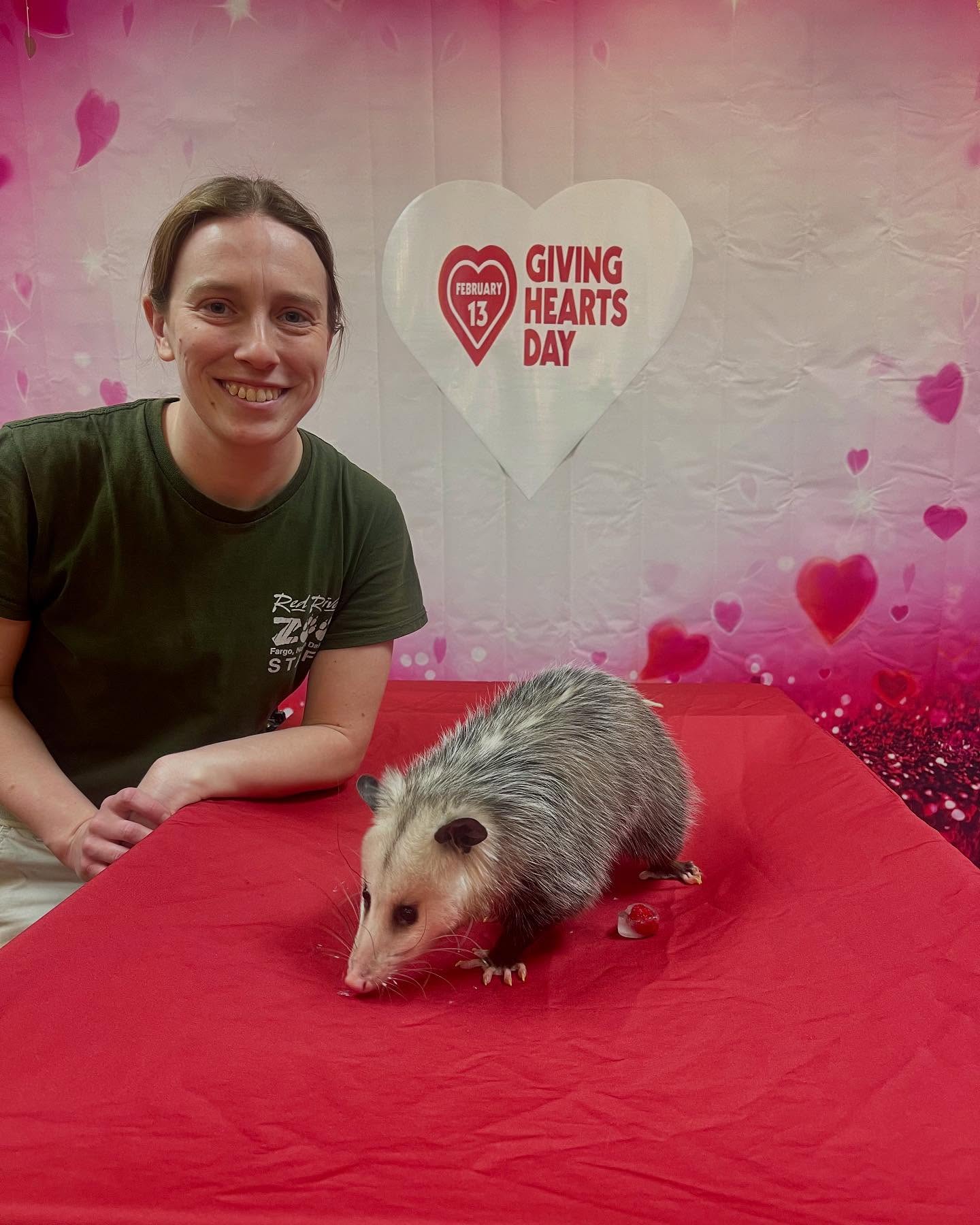- Understanding the role of zoos and gift shops in wildlife conservation and education
- The significance of interactive animal experiences in fostering public awareness and engagement
- The impact of donations and early giving campaigns on supporting conservation efforts
- A closer look at educational animals and their care in zoo environments
- The importance of promoting sustainable practices through animal-related events and activities
Zoos have long played an integral role in wildlife conservation, serving as both sanctuaries and educational platforms. They offer a unique opportunity to bridge the gap between humans and wildlife, fostering a deeper understanding of the natural world. A zoo’s gift shop can extend this educational mission by not only providing items for purchase but also by hosting events like SMILE! Swing by and take a selfie with an animal! This event highlights how such immersive experiences can enhance public awareness and galvanize support for conservation efforts.
The significance of interactive animal experiences cannot be overstated. Direct interactions, such as taking selfies with animals, create lasting impressions on visitors, especially children. These experiences can cultivate empathy and inspire future conservationists. By engaging the public in this manner, zoos can emphasize the plight of endangered species, the challenges wildlife faces, and the crucial role humans play in conserving biodiversity.
Donations and early giving campaigns greatly impact conservation work. Events such as SMILE! are not just about fun; they are pivotal fundraising moments. Contributions support various conservation programs, from habitat restoration to breeding programs for endangered species. For example, early giving platforms allow donors to contribute ahead of events, maximizing the funds raised and enabling zoos to plan more effectively for the future. This financial support is essential to maintaining and expanding conservation initiatives.
Educational animals play a vital role in zoos and are often the focal point of visitor experiences. Animals like reptiles, birds, and mammals chosen for these programs are ambassadors for their species. They enlighten visitors on the importance of conserving their natural habitats. The care and management of these animals are of utmost importance, involving careful attention to diet, habitat simulation, and veterinary care. Zoos employ skilled professionals who manage these tasks, ensuring that the animals’ health and well-being are prioritized.
Promoting sustainable practices is another crucial aspect that events like SMILE! aim to address. Educating visitors on actions they can take to minimize their environmental impact is a key part of these events. Zoos often use these platforms to encourage recycling, responsible purchasing, and conservation-friendly living. Through interactive displays and informational sessions, attendees can learn about the small steps they can take to make a difference.
Zoos serve as an essential resource for wildlife conservation education. By integrating initiatives like SMILE!, they enhance their role in raising public awareness. Such events not only entertain but also educate visitors on the broader issues facing wildlife today. With the aid of donations and public engagement, zoos can continue to evolve as guardians of both animal welfare and environmental sustainability, ensuring a brighter future for all inhabitants of this planet.
*****
Source Description
SMILE! 📸 Swing by on and take a selfie with an animal! THUR FEB 13TH in our Gift Shop learn about our educational animals that your donations help support.
💚🐾📸
EARLY GIVING IS OPEN. Make your contribution today 🔗 app.givingheartsday.org/
LINK IN BIO


